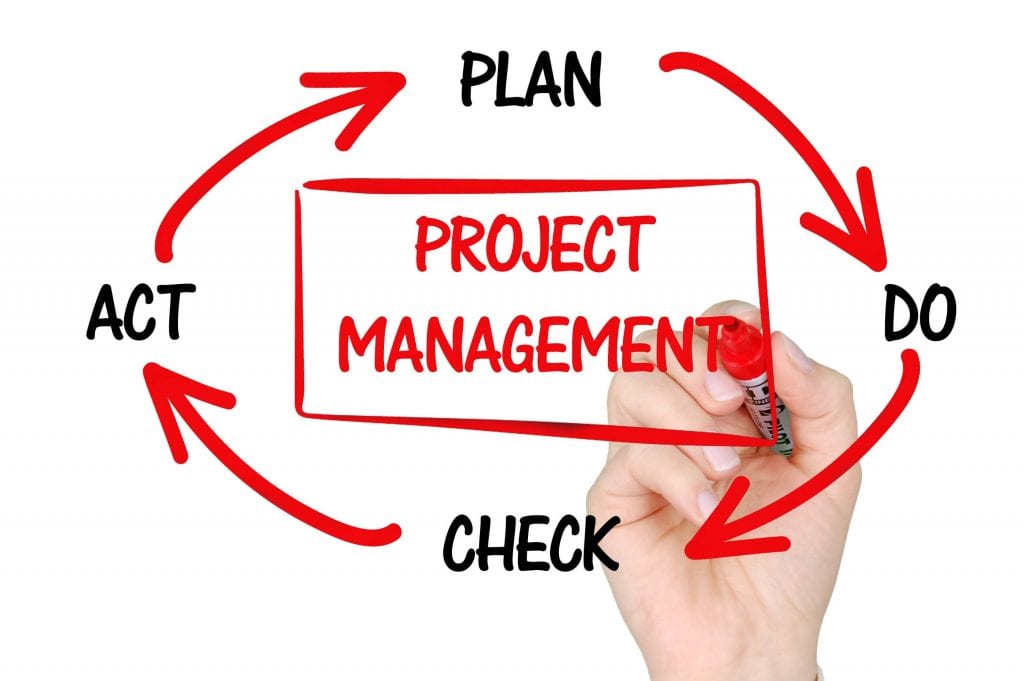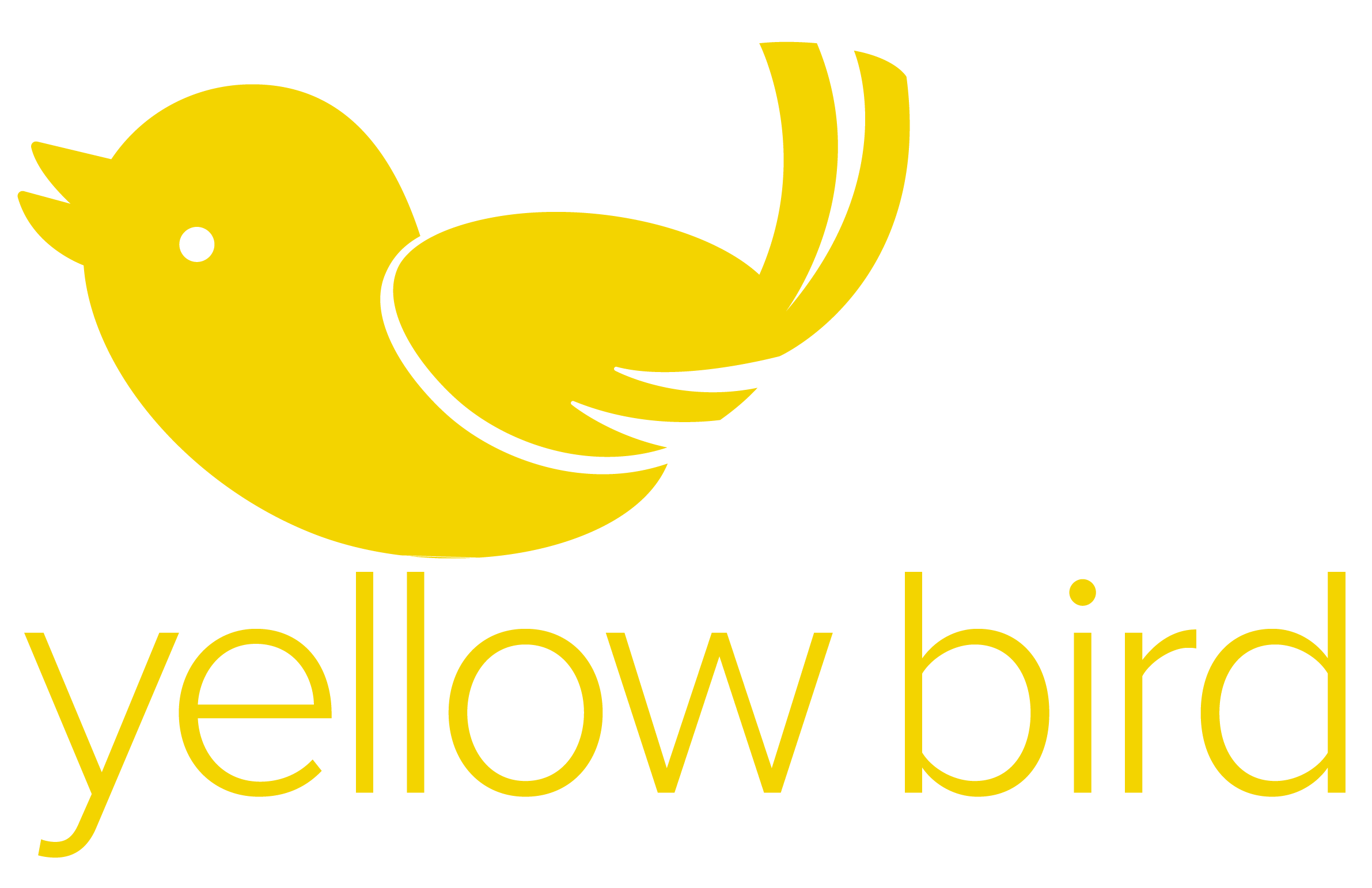There are numerous benefits in accessing grant funding:
- Sharing risk and cost
- Building new infrastructure and resources
- Learning from new partners and using their expertise to improve skillsets in your team
- Accessing new markets
- Strengthening partnerships to open up opportunities for future collaborations
- Establishing yourselves as market leaders or innovators
- Raising your profile with future funders
But before you throw yourself into the application process, are you sure your organisation is ‘funding ready’?
5 questions to ask yourself from the outset
1. Are you appropriately resourced?
Funders will expect to see evidence of a well-run organisation with a clear direction of travel such as a business plan or strategy plus financial projections. They will also want to see how you expect to sustain the project after funding has ended.
Running a funded project takes sound organisation and planning.
As well as staff time to dedicate to the project, you will need tools in place to help you deliver. This can include suitable administration systems and timesheeting software. Teleconferencing tools are useful where you have multiple partners or where part of the project delivery relies on communication to large groups.
2. Do you inspire confidence?

Even the smallest of organisations are expected to have some sort of ‘physical evidence ’ (one of the 7 Ps of Marketing). Potential funders will feel reassured if they can see your organisation has a website (albeit a basic one) and a social media presence. Importantly, you should engage with your wider community (whether they be local or a virtual group sharing the same interests). Even better if your physical evidence extends to secondary sources. If others are talking about you (case studies about your organisation or recommendations on others’ websites, mentions in local or trade press or recognition for an award) it adds even greater kudos to your brand.
Consider also the language you use when you write an application or present. Speak about your project with conviction and make sure you’re able to articulate why the project would not go ahead without this funding.
3. Do you have an elevator pitch? 
Support comes from the most unexpected places on the most unexpected occasions. Are you primed to seize those opportunities?
If you found yourself stuck in a lift with a stranger and had only a matter of seconds to describe your work, what would you say? Crafting a succinct sentence or two on who you are, the essence of what you do and who you help makes your proposition memorable. It’s also important that all within your organisation buy into this vision so that there’s a consistent message to the market.
4. Do you have a documented project overview?

Putting together your key thoughts into a 1-page document is an excellent foundation for drafting the project in its entirety. It also provides a useful discussion point when speaking to potential supporters (particularly where a formal application process does not exist); and helps you to identify the programmes most likely to support your project. A robust project overview contains the following elements:
- Your elevator pitch – ie your one-liner which acts as your ‘hook’ to capture interest
- Why: How does your project fit the overall policy landscape for this area? Which identified needs are you expecting to meet? Why do you think this project brings benefits?
- How: which activities need to be undertaken to achieve the overall project objectives? How can these key elements be structured as ‘work packages’ so that they make sense to funders in your overall project plan? How will the quantitative and qualitative outcomes of the project be measured?
- Where? Are your beneficiaries based in an area targeted by the funder? Is it somewhere where they have supported only a few projects previously and wish to increase their profile?
- Who? Which skills do you need to deliver the project? Do they exist internally/within the wider network of organisations you already know? Or do they need to be sourced in new partners?
- When? As well as project start and end dates, you need to consider whether the service you’re offering is delivered on days and times that appeal to your service users. Don’t forget also that grant funding is not offered retrospectively so don’t start your project until confirmation of support has been received.
5. Do you have management buy-in?
Any project will need commitment from the key decision-makers within your organisation, your partners and those ultimately involved in its delivery.
Enthusiasm for applying for funding is normally a given! The difference between success and failure in delivering the project on the other hand can be defined by: available budget and project management resource; buy-in from the Finance team (who will need to lend support in terms of auditing); and a commitment to developing strong working relationships with required partners.
Scoping your project in this way gives you a clearer idea on which funding streams are likely to be the best match for your project. Importantly, it will mean you’re less likely to ‘shoe horn’ your project into matching the criteria of any one funder – which is often a source of temptation and only makes delivery of the project harder.
Learn more about the next step of the funding process by reading Choosing the Right Funding Opportunity for Your Project.


